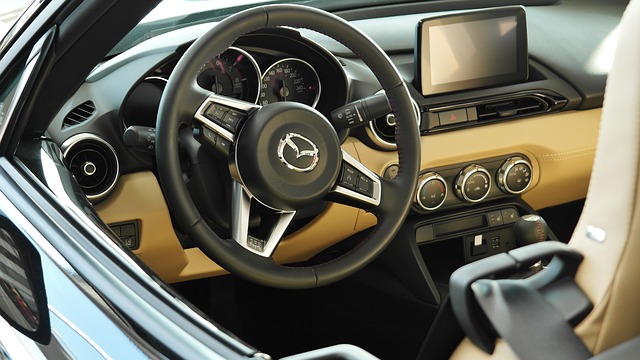There’s been much hype in the self-driving industry as companies continue to make strong advancements and technological improvements in the automotive world. But the problem is that self-driving vehicles are currently a bit mythical in the sense that although the technology appears to be close at hand, we’re often reminded of why it isn’t.
The last reminder came back in March, when a self-driving Uber car struck and killed a pedestrian. And while an early report suggested that there wasn’t enough time to for either human or machine to react, findings from the National Transportation Safety Board’s review of the accident have painted a much different picture of the incident.
The self-driving system had detected the pedestrian as much as six seconds before impact, as the emergency braking system had been disabled, and if it had been it would have been triggered more than a second before the crash took place. The reason that Uber decided to remove the braking was that it was concerned about “erratic” behaviour by the vehicle caused by braking too frequently.
The problem with self-driving technology
In the case of this Uber accident, the person behind the car started to start to hit the brakes only immediately after impact. We’ve seen this in accidents before, as well accidents in which drivers gave the car a bit too much trust, expecting that the technology would do the job perfectly every time.
What this suggests to me is that until an entirely automated technology is developed that requires zero human intervention, we won’t be ready for self-driving vehicles. Instances like this can set developments back and send engineers back to the drawing board as far as what the technology should look like and how it should behave. More crashes will only result in more questions, which will lead to greater requirements for self-driving vehicles.
The end result is that we may not see self-driving vehicles on the roads for decades, if at all.
What does this mean for self-driving stocks?
Magna International Inc. (TSX:MG)(NYSE:MGA) has been performing well in the space, and recently partnered with Uber rival Lyft to work on developing a standalone system that could be sold to manufacturers. While the uncertainty of self-driving cars may dampen the outlook for the company, it’s still making great strides in the industry overall – strides that can’t be ignored.
The technologies achieved today could still be implemented and add tremendous value to users, even in the absence of a true self-driving experience, as long as drivers are properly educated and aware of the risks. Companies like BlackBerry Ltd. (TSX:BB)(NYSE:BB) that are working on developing the software for these vehicles will need to find ways to ensure that the physical drivers are engaged and can’t simply rely on the car to make all the decisions.
Magna and BlackBerry have proven to be tech innovators. Over the long term, we’ll continue to see self-driving technologies advance, but investors should be aware that the process could take much longer than expected.








